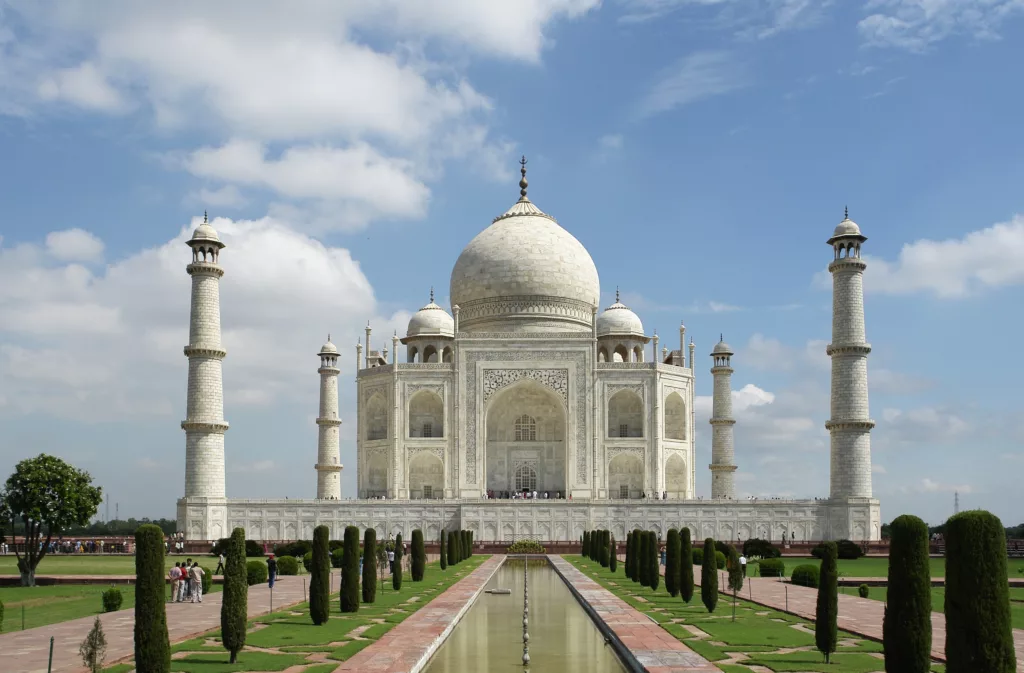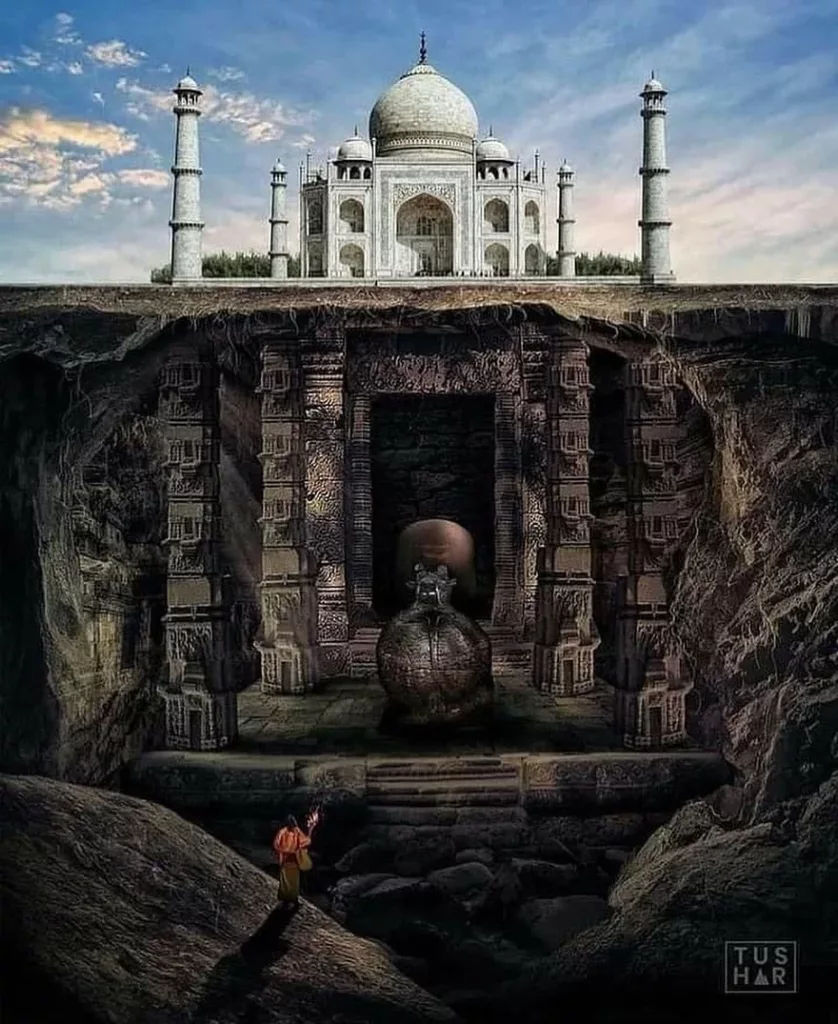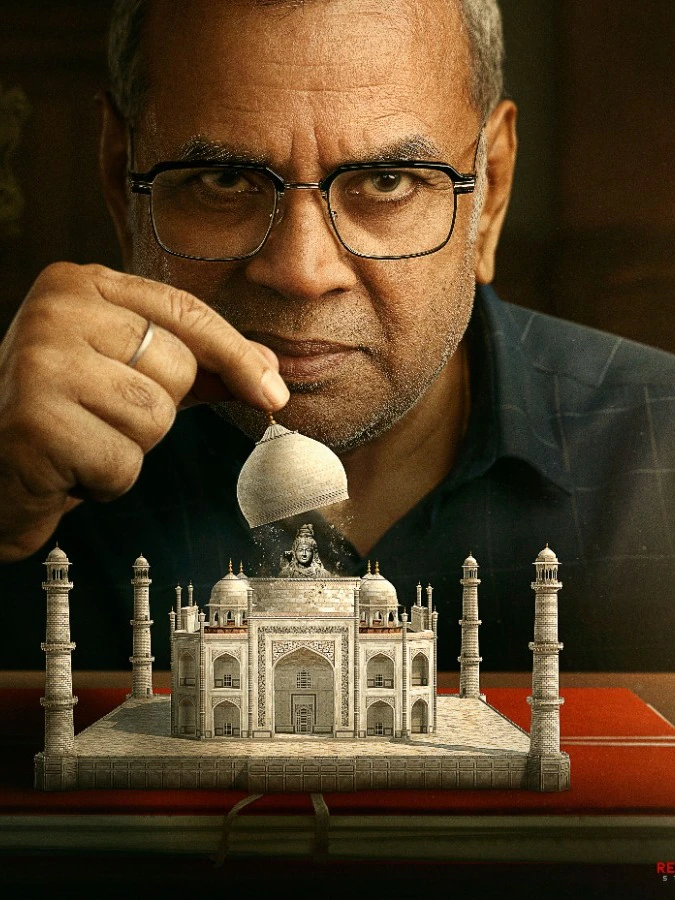Taj Mahal, the iconic white-marble monument in Agra, India, is often celebrated as a symbol of love. Built by Shah Jahan for his wife Mumtaz Mahal in the 17th-century, it draws millions of visitors each year. Yet beyond its beauty lies a web of controversy involving alternate origin theories, religious claims, and recent popular culture debates.
What History Tells Us
- Construction began around 1632 CE and the main structure was largely completed by 1648.
- Mughal records, European travellers’ accounts, and inscriptions consistently describe the monument as a mausoleum built by Emperor Shah Jahan for Mumtaz Mahal.
- The official Indian government position and the Archaeological Survey of India (ASI) maintain that the Taj Mahal is a Mughal-era tomb, not a pre-existing temple.

The Alternate Theory: “Tejo Mahalaya” & Temple Claims
Over the decades, a growing body of claimants and popular narratives have argued that the Taj was originally a Hindu temple called Tejo Mahalaya or Tejomahalaya.
- The theory was popularised by writer P.N. Oak in his book Taj Mahal: The True Story (1989).
- Oak claimed that Tejo Mahalaya was built in the 4th century by a Raja Paramardi Dev, then destroyed or converted by successive rulers.
- According to petitioners and some political voices, sealed rooms in the Taj are alleged to hold Hindu idols or evidence of temple origin. For instance, a petition filed in 2022 sought to open 22 sealed rooms and examine possible Hindu artifacts.

How Scholars Respond
- Historians such as William Dalrymple have rejected the temple theory as having no credible basis, calling it “malicious nonsense”.
- The ASI and academic records show continuous documentation of the Taj’s construction under Shah Jahan’s reign — including land acquisition, architectural contracts, building accounts.
- Many of the claims are traced back to P.N. Oak’s works, which are widely regarded as pseudo-history by mainstream historiography.
The Recent Debate: Film & Social Media
- A 2025 film titled The Taj Story sparked renewed attention when its poster depicted a Shiva idol inside the Taj’s dome. The actor Paresh Rawal was involved in the motion poster, which led to backlash.
- The film makers issued a statement clarifying that: “The movie does not deal with any religious matters, nor does it claim that a Shiv temple resides within the Taj Mahal. It focuses solely on historical facts.”
- Critics argue the poster and narrative risk fueling communal divisions by reviving disputed historical claims.

Why the Controversy Matters
- The Taj Mahal is not just an architectural masterpiece but also a potent symbol of India’s multicultural heritage.
- Revisionist theories about its origins reflect broader debates over history, identity, nationalism, and memory in India.
- When alternate origin stories gain popular traction — especially via film or media — they can challenge public understanding of heritage and historical correctness.
What to Keep in Mind
- While it’s important to question and explore history, credible research relies on documented evidence — land records, contemporaneous travel accounts, architectural contracts.
- The temple-origin theory lacks such firm early documentary support and is not accepted by most serious historians.
- If viewing popular culture or movies on the subject, always look for disclaimers, references to sources, and comparison with established scholarship.
- Respect the monument’s heritage value — whether as a Mughal mausoleum or as any other form — and the cultural and communal sensitivities surrounding it.



